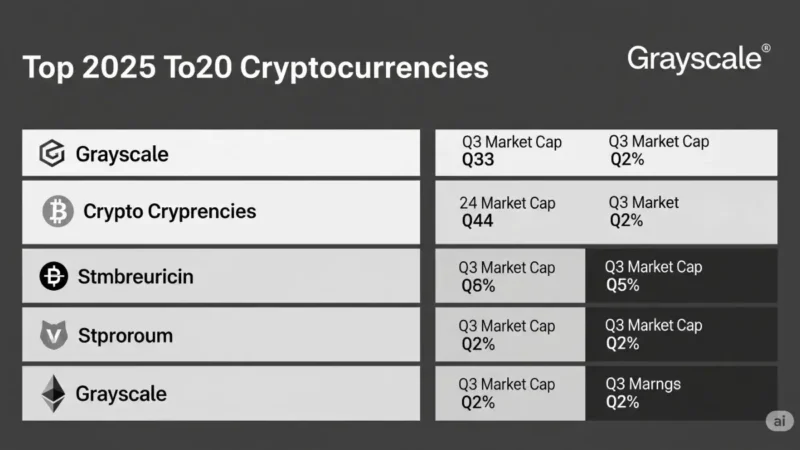What could a CBDC look like in practice?

What could a CBDC look like in practice? The European Central Bank (ECB) provides an answer as part of the development of the digital euro. Unlike crypto, intermediaries should play a central role.
What does a CBDC look like in practice?
CBDCs have become a popular topic with the authorities of many states over the last few years. The Chinese e-Yuan, which is still in a test phase, and the Nigerian e-Naira, which is already available as a full version, are particularly well known.
Different states approach the issue with different intentions. Australia, for example, imagines Ethereum as the basis of an e-AUD . Most states, on the other hand, want to run the digital fiat currency on proprietary systems.
The European Union, which intends to adopt the legal basis for the digital euro in 2023, is also one of the CBDC advocates. The results of a test phase will be presented in the next few months. The second test report was recently published, as Patrick Hansen announced on Twitter.
In it, the European Central Bank already paints a concrete picture of digital central bank money. According to Hansen, the report states: Intermediaries play an important role in the system. Of course, the CBDC contradicts the cryptocurrencies exactly. Ultimately, cryptos want to minimize or even eliminate the role of the middle man.
Banks or other financial institutions are understood as intermediaries. These are overseen by the central bank, which is responsible for issuing the digital euro.
The intermediaries initiate and process the transactions. The central banks validate the payments. They check whether the money transfers are legitimate. These middlemen are supposed to follow certain rules and processes so that they can get permission to participate in the CBDC.
Privacy should be preserved with the digital euro
The ECB is following a measure that the Australian central bank presented back in September. This is how the ECB wants to protect the privacy of e-euro users. However, it is not possible to say how this should be possible.
The Eurosystem would not be able to determine how many digital euros an individual end-user holds, nor could it draw conclusions about the payment behavior of end-users.
Explains Hansen. The ECB wants to connect the digital euro to other payment systems. So it would be easy to switch between a credit card balance and the CBDC. Automated exchange processes should also be possible.
Offline payments with CBDC possible?
It should also be possible to send the digital euro offline. The users involved should save the data required for this on their end devices. The ECB is proposing various approaches to this end.
A central system that is similar to classic payment methods would be an option. However, the use of distributed ledger technology is also conceivable.
CBDCs have even become a test subject for the Bank for International Settlements . There is no prospect of digital central bank money in Switzerland. The SNB has so far rejected a CBDC. Here one does not believe in an advantage through such a currency.



